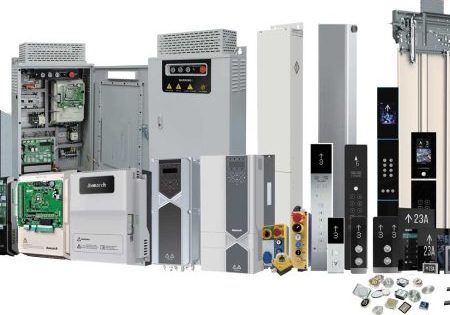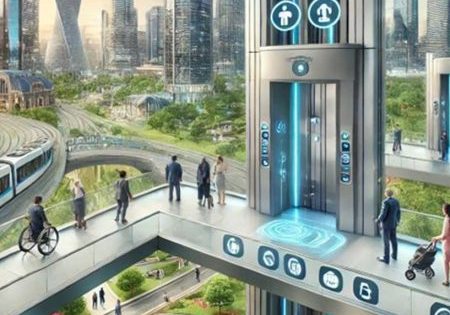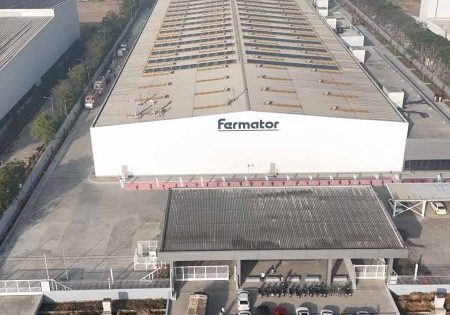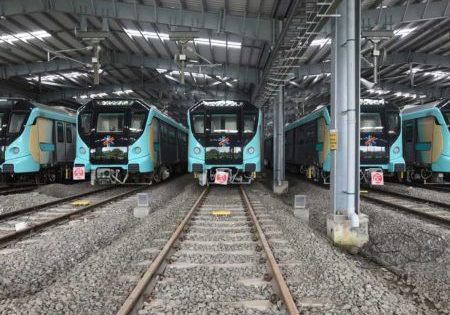How the Union Budget 2025-26 provides a strategic lift to India’s growth trajectory
As the Union Budget for 2025-26 has been presented by Hon’ble Finance Minister Smt. Nirmala Sitharaman, we find ourselves looking ahead to the next chapter in India’s growth story. The budget presented a vision for the country’s future that will act as a compass and a catalyst for India’s goal of being a developed country by 2047. It will also map how the country will prepare itself for the next wave of evolution, urbanization and global leadership to bring this vision to life. From a surge in infrastructure investment to steps toward completion of affordable housing projects in the pipeline, it’s a calibrated push toward elevating urban spaces in a manner that’s strategic, scalable and more accessible to a growing population.
A Unified Surge Toward Greater Heights
By stimulating balanced growth across segments, the budget placed a strong emphasis on fostering innovation, localization, indigenization, digitalization and inclusivity, creating an ecosystem where industries can grow in close partnership. The ripple effects of this approach will be felt across sectors, fueling India’s ascent as a global economic powerhouse. This comprehensive push also creates new avenues of growth for the elevator and escalator industry, which is key to urbanization and vital infrastructure development that will transform the nation and peoples’ lives.
In the push for a tech-driven, smarter digital India, and with high-rise of construction that has increased urbanization, the elevator industry meets the needs of a digitally integrated and fastmoving ecosystem, making buildings smarter and more responsive.
Infrastructure and Real Estate as the Backbone of Urbanization
Over 500 million Indians currently reside in urban areas, as stated by the United Nations Department of Economic and Social Affairs. Furthermore, it is estimated that three-fourth of the country’s total population will reside in urban areas by 2035. Preparing a roadmap to cater to this growing demographic shift, the Government has allocated an Rs 1.5 lakh crore of interest-free loans to states for infrastructure development in this year’s budget to continue building on the momentum of creating a robust foundation for India’s urban future. The finance minister has also shown encouragement toward the Public-Private Partnership (PPP) model by encouraging the infrastructure-related ministries to plan a three-year pipeline of projects that can be implemented under this approach. Moreover, projects under the expansion of the Ude Desh ka Aam Nagrik regional airport development programme to boost regional and intracity connectivity will unlock the next frontier of expansion for the real estate and allied industries.
Growth in high-rise residential buildings, commercial spaces and mixed-use projects will be one of the natural outcomes of this move. Additionally, the budget’s announcement of measures such as setting up an Rs 1 lakh crore Urban Challengers Fund and fueling the Special Window for Affordable and Mid-Income Housing fund with Rs 15,000 crore of additional investment has injected a renewed vigor into the real estate sector to make strides toward its goal of becoming a US$1 trillion market by 2030. At the center of shaping how we live and move in these evolving cities, the elevator and escalator industry will enable progress, giving people freedom to connect and thrive in a taller, faster and smarter world.
A Responsible and Tech-Enabled Future
In the push for a tech-driven, smarter digital India, and with high-rise of construction that has increased urbanization, the elevator industry meets the needs of a digitally integrated and fastmoving ecosystem, making buildings smarter and more responsive. Simultaneously, with an increased emphasis on sustainable infrastructure, the elevator and escalator industry is expected to lead with energy-efficient solutions that reduce the carbon footprint of our buildings and align with the government’s goal of becoming a net-zero emissions country by 2070.
Human Capital as a True Engine for Growth
The announcement of a Centre of Excellence in AI for education, with an outlay of Rs 500 crore and broadband connectivity for rural schools highlights how India’s future lies in adopting digital technologies and in equipping its people to be part of this transformation. By focusing on digital learning, technological skills and workforce development, the budget attempts to give much wider access to the tools for people to adapt and thrive in a rapidly evolving digital landscape to unlock potential in every corner of the economy.
The Union Budget 2025-26 paints a clear picture of where India is headed — toward an interconnected, empowered, smart, sustainable and inclusive future. The elevator and escalator industry will play an indispensable role in bringing about this transformation of our urban spaces and in enabling people to move seamlessly through the cities of tomorrow.
About Otis
Get more of Elevator World. Sign up for our free e-newsletter.












